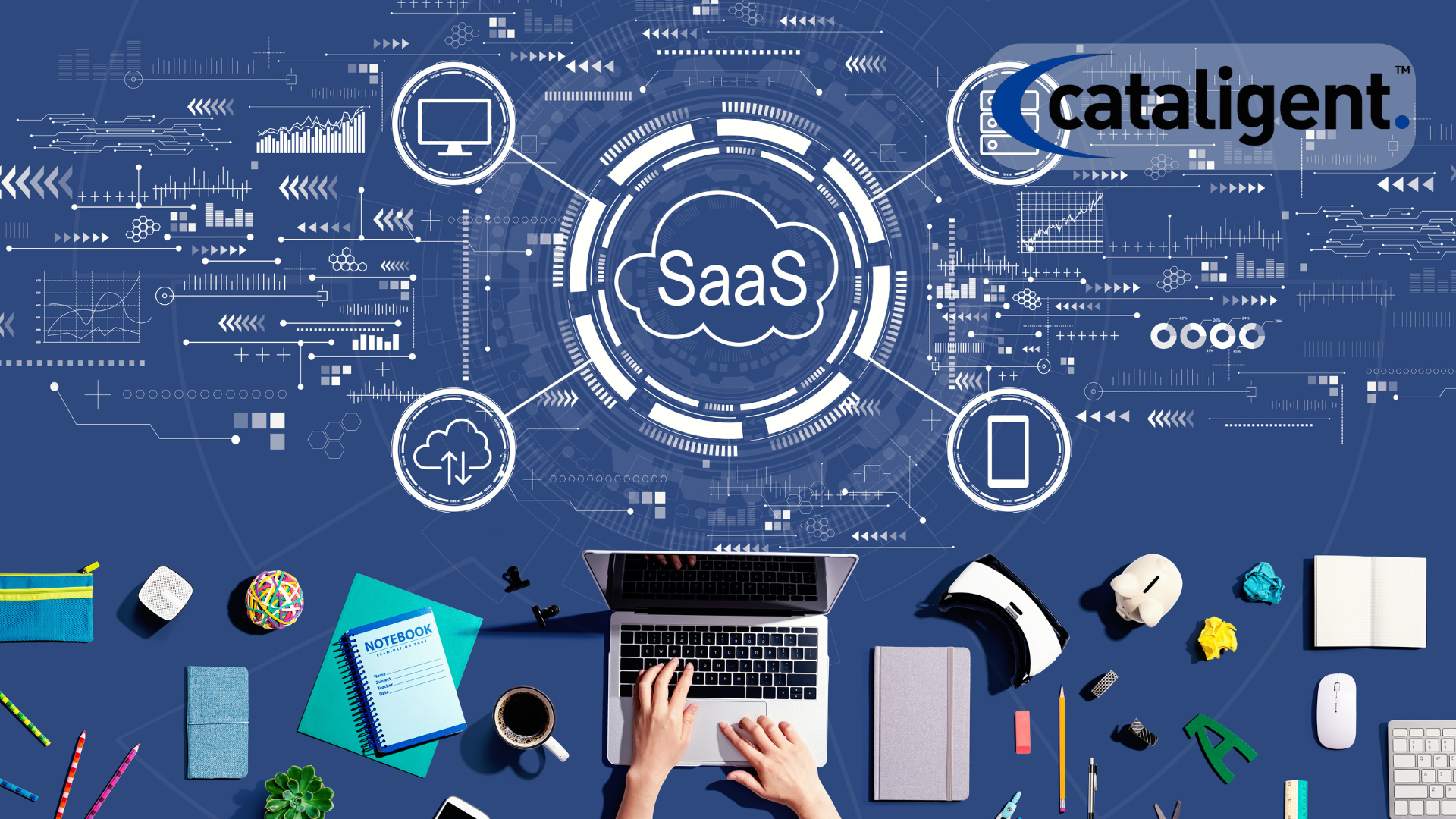Introduction
The shift towards Subscription-Based Software, also known as Software-as-a-Service (SaaS), has revolutionized the way businesses access and use technology. Instead of purchasing expensive software licenses with high upfront costs, companies can now leverage cloud-based applications with a flexible pay-as-you-go model. This document explores the benefits of SaaS, its cost-saving impact, and best practices for implementation.
What Is Subscription-Based Software (SaaS)?
SaaS is a cloud computing model where software applications are hosted by service providers and accessed by users over the internet. Unlike traditional on-premise software, SaaS eliminates the need for installation, maintenance, and hardware infrastructure.
Key Features of SaaS:
- Cloud-Based Accessibility – Users can access applications from any device with an internet connection.
- Subscription Pricing Model – Businesses pay for software usage on a monthly or annual basis.
- Automatic Updates and Maintenance – Providers handle software updates and security patches.
- Scalability – Companies can adjust their software usage as business needs evolve.
- Integration Capabilities – SaaS applications seamlessly connect with other business tools like CRM and ERP systems.
Cost-Saving Impact of SaaS
1. Eliminates High Upfront Costs
- Traditional software licensing requires significant capital investment.
- SaaS shifts costs to a manageable operational expense, improving cash flow.
2. Reduces IT Infrastructure Expenses
- No need for costly on-premise servers, reducing hardware expenditures.
- Decreases IT personnel costs by outsourcing software maintenance to providers.
3. Improves Scalability and Flexibility
- Businesses can scale their software needs up or down based on demand.
- Reduces costs associated with over-provisioning or underutilizing software.
4. Enhances Security and Compliance
- SaaS providers offer enterprise-grade security, reducing risks of data breaches.
- Compliance with industry standards is managed by the service provider, reducing legal and regulatory costs.
5. Boosts Productivity and Collaboration
- Cloud-based access enables remote work and seamless collaboration.
- Reduces downtime by ensuring software is always up-to-date and functional.
Implementation of SaaS
1. Selecting the Right SaaS Solutions
Choosing the best SaaS applications depends on business size, industry, and operational needs. Popular SaaS solutions include:
- Customer Relationship Management (CRM): Salesforce, HubSpot
- Project Management: Trello, Asana
- Accounting and Finance: QuickBooks Online, Xero
- Communication Tools: Slack, Microsoft Teams
- Enterprise Resource Planning (ERP): NetSuite, SAP Business One
2. Regularly Auditing Software Subscriptions
- Conduct periodic reviews to eliminate unused or redundant subscriptions.
- Optimize costs by consolidating multiple tools with overlapping functionalities.
3. Ensuring Data Security and Compliance
- Verify that SaaS providers comply with security standards such as GDPR, HIPAA, and ISO 27001.
- Implement strong access controls and data encryption policies.
4. Integrating SaaS with Existing Systems
- Ensure compatibility with legacy applications to avoid operational disruptions.
- Utilize API integrations to enhance workflow automation and data synchronization.
5. Providing Employee Training and Support
- Educate employees on effective SaaS usage to maximize efficiency.
- Establish a helpdesk or support system for troubleshooting SaaS-related issues.
Challenges in SaaS Adoption
Despite its benefits, businesses may encounter challenges when transitioning to SaaS:
1. Data Privacy and Security Concerns
- Storing sensitive data in the cloud requires robust security measures.
- Businesses must ensure SaaS providers offer strong encryption and compliance standards.
2. Dependence on Internet Connectivity
- SaaS applications require a stable internet connection for optimal performance.
- Organizations should have backup internet solutions to prevent downtime.
3. Limited Customization Options
- Some SaaS applications offer less flexibility than on-premise software.
- Companies may need to adapt workflows to fit SaaS capabilities.
Best Practices for Maximizing SaaS Benefits
- Adopt a Hybrid Approach – Combine SaaS with on-premise software where necessary.
- Negotiate Contracts and Pricing – Secure favorable pricing plans with long-term commitments.
- Monitor Usage and Performance – Track software utilization to ensure maximum ROI.
- Encourage Employee Adoption – Provide training to maximize the value of SaaS applications.
- Stay Updated on Emerging SaaS Trends – Regularly evaluate new solutions to stay competitive.
Conclusion
Subscription-Based Software (SaaS) offers businesses a cost-effective, scalable, and flexible approach to software management. By eliminating high upfront costs, reducing IT infrastructure expenses, and enhancing collaboration, SaaS enables organizations to streamline operations and drive innovation. However, successful SaaS adoption requires strategic selection, security compliance, and ongoing optimization. Companies that leverage SaaS effectively can achieve significant cost savings and improve overall business efficiency.

